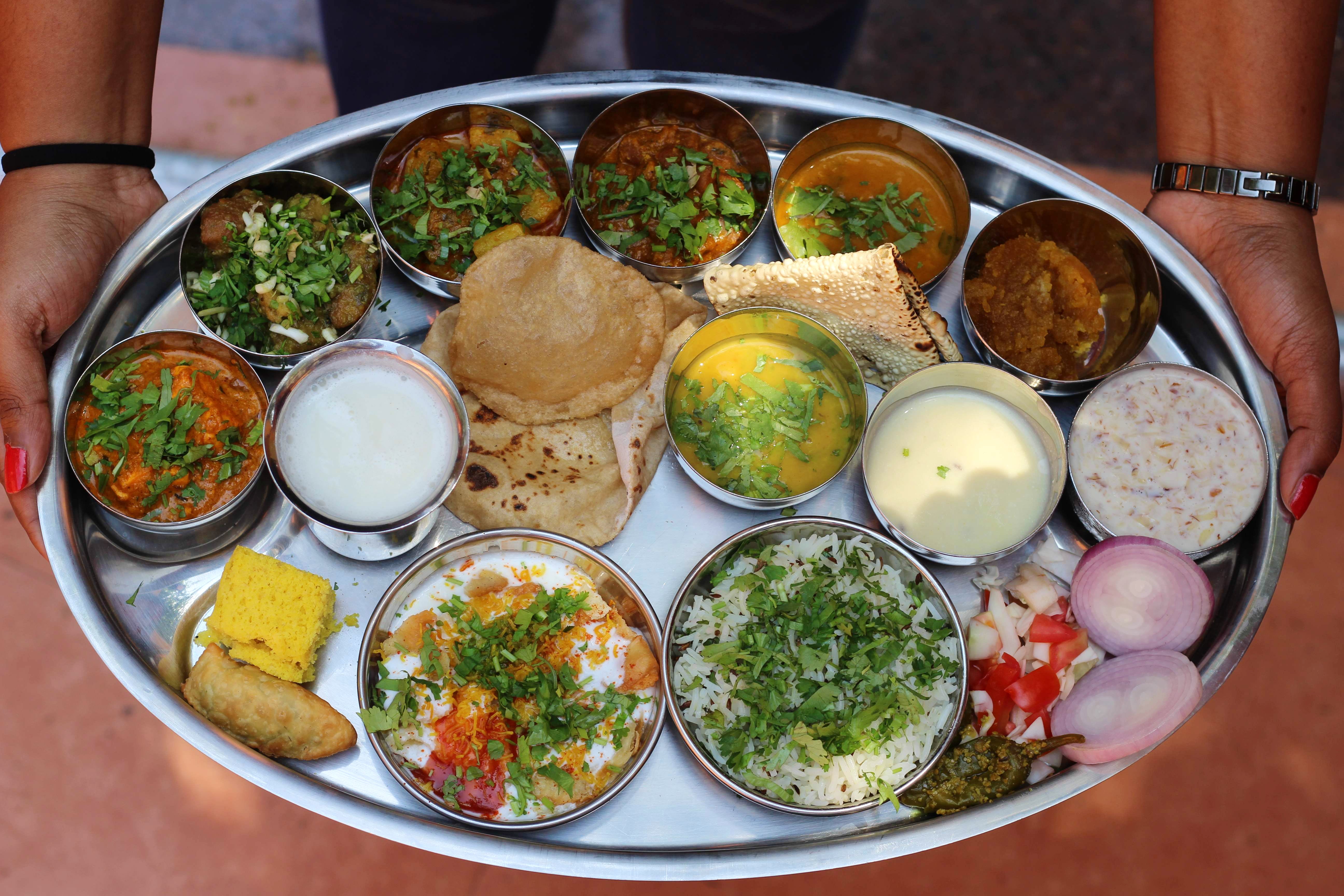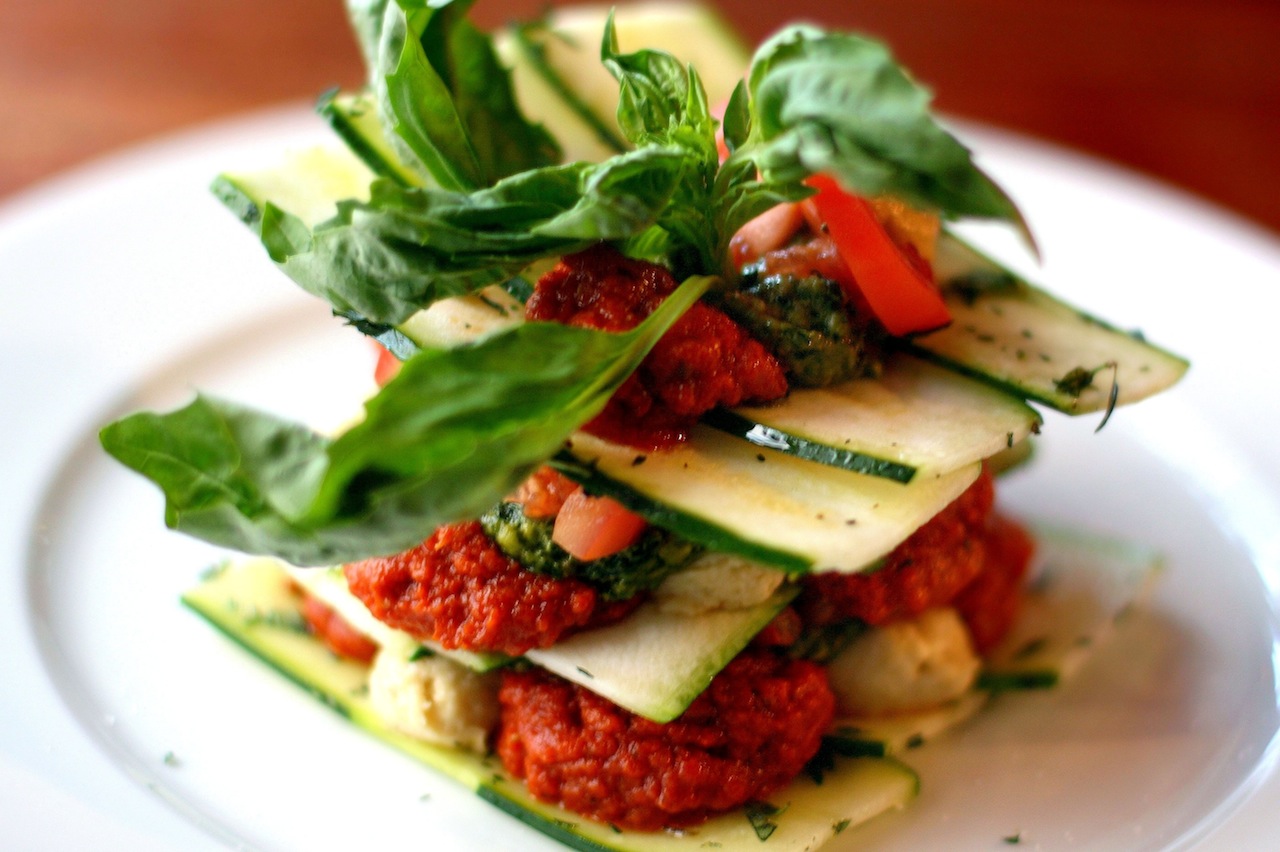Embark on a journey into the realm of pure meals, the place security, transparency, and shopper well-being intertwine. Pure meals, a beacon of unadulterated diet, holds immense significance in safeguarding public well being and empowering people to make knowledgeable decisions about what they eat.
From regulatory frameworks to technological developments, the pure meals motion has performed a pivotal function in shaping meals security requirements and shopper safety. Be a part of us as we delve into the fascinating world of pure meals, exploring its historical past, rules, labeling practices, and consumption patterns.
Pure Meals Definition
Pure meals refers to unprocessed or minimally processed meals that retain their pure composition and dietary worth. These meals are free from synthetic components, preservatives, or artificial components, making certain optimum well being advantages and a balanced weight loss program.
Pure meals usually consists of contemporary fruits, greens, complete grains, legumes, nuts, seeds, and unprocessed meats. These meals are wealthy in nutritional vitamins, minerals, fiber, antioxidants, and different important vitamins that help general well-being and scale back the chance of persistent ailments.
Traits of Pure Meals
- Unprocessed or minimally processed
- Free from synthetic components, preservatives, or artificial components
- Retains pure composition and dietary worth
- Supplies important vitamins, nutritional vitamins, minerals, and antioxidants
Advantages of Pure Meals
- Promotes general well being and well-being
- Reduces the chance of persistent ailments corresponding to coronary heart illness, most cancers, and diabetes
- Improves digestion and intestine well being
- Boosts vitality ranges and cognitive operate
Pure Meals Rules

Pure meals rules embody a posh framework of legal guidelines and requirements designed to make sure the security and high quality of meals merchandise. These rules fluctuate throughout jurisdictions, reflecting numerous cultural, financial, and authorized programs.
One of many main challenges in imposing pure meals requirements is the globalization of the meals provide chain. Meals merchandise usually cross a number of borders earlier than reaching customers, making it tough to hint the origin and guarantee compliance with rules. One other problem lies within the speedy tempo of technological developments in meals manufacturing and processing, which may outpace the event and implementation of rules.
Regulatory Frameworks
Pure meals rules usually embody provisions for:
- Setting requirements for meals security and high quality
- Inspecting meals manufacturing and distribution amenities
- Testing meals merchandise for contaminants and adulterants
- Implementing penalties for violations
In the US, the Meals and Drug Administration (FDA) is the first company liable for regulating meals security. The FDA units requirements for meals manufacturing and distribution, inspects meals amenities, and checks meals merchandise. It additionally has the authority to implement penalties for violations, together with fines and imprisonment.
Within the European Union, meals security is regulated by the European Meals Security Authority (EFSA). The EFSA gives scientific recommendation on meals security to the European Fee, which then develops and implements rules. Member states of the EU are liable for imposing these rules.
Different nations have their very own regulatory frameworks for pure meals. These frameworks fluctuate by way of their scope and stringency, however all of them share the frequent objective of defending customers from unsafe and adulterated meals.
Pure Meals Motion
The Pure Meals Motion emerged within the late nineteenth and early twentieth centuries as a response to widespread considerations in regards to the security and purity of meals merchandise. Pushed by developments in science and know-how, customers grew to become more and more conscious of the presence of dangerous components, adulterants, and unsanitary practices within the meals business.
The motion gained momentum via the efforts of outstanding people and organizations, together with Upton Sinclair, Harvey W. Wiley, and the Nationwide Customers League. These advocates campaigned tirelessly for stricter meals rules and raised public consciousness in regards to the significance of pure meals.
Key Figures and Organizations
- Upton Sinclair: A famend journalist and creator whose influential novel, “The Jungle,” uncovered the unsanitary circumstances within the meatpacking business, sparking outrage and fueling public demand for meals security reforms.
- Harvey W. Wiley: A chemist and doctor who served as the primary chief of the Bureau of Chemistry on the U.S. Division of Agriculture. He performed a pivotal function in drafting and imposing the Pure Meals and Drug Act of 1906.
- Nationwide Customers League: A non-profit group based in 1899 that advocated for shopper safety and the passage of pure meals legal guidelines. The League carried out investigations, revealed stories, and lobbied policymakers.
Impression on Meals Security and Client Safety
The Pure Meals Motion had a profound influence on meals security and shopper safety in the US. The passage of the Pure Meals and Drug Act of 1906 established the Meals and Drug Administration (FDA), which is liable for regulating the security and purity of meals merchandise.
The Act prohibited the interstate sale of adulterated or misbranded meals and medicines. It additionally established requirements for meals labeling and required producers to reveal the components of their merchandise. These rules considerably improved the security and high quality of meals out there to customers.
Pure Meals Labeling

Correct and clear meals labeling is essential for customers to make knowledgeable decisions in regards to the merchandise they buy and eat. It helps be sure that customers are conscious of the components, dietary content material, and potential allergens of their meals, empowering them to make selections that align with their dietary wants and preferences.
Meals labeling rules and pointers fluctuate throughout jurisdictions, however usually purpose to offer customers with clear and concise details about the meals they’re shopping for. These rules usually cowl features corresponding to:
- Ingredient checklist: An entire checklist of all components used within the product, in descending order by weight.
- Dietary info: A standardized panel that gives particulars in regards to the calorie content material, macronutrient composition (carbohydrates, protein, fats), and different important vitamins.
- Allergen labeling: Clear identification of any components which might be recognized allergens, corresponding to peanuts, dairy, or gluten.
- Date labeling: Details about the product’s shelf life, such because the “greatest earlier than” or “expiration” date.
Efficient pure meals labeling practices contain not solely complying with regulatory necessities but additionally going past the minimal requirements to offer customers with extra info that may assist them make knowledgeable decisions. Examples of such practices embody:
- Clear and easy-to-read fonts and formatting.
- Highlighting key dietary info, corresponding to the quantity of added sugar or saturated fats.
- Offering details about the origin of components or the manufacturing course of.
- Utilizing symbols or icons to convey details about particular attributes, corresponding to natural certification or gluten-free standing.
Pure Meals Expertise

Developments in meals processing and preservation strategies have revolutionized pure meals manufacturing, making certain meals security and high quality whereas extending shelf life and sustaining dietary worth.
Expertise performs an important function in detecting and eliminating contaminants, decreasing spoilage, and preserving meals with out compromising its integrity.
Meals Processing Developments
- Pasteurization:Heating meals to a selected temperature for a predetermined time to kill dangerous microorganisms with out compromising taste or dietary worth.
- Sterilization:Making use of excessive warmth or stress to meals to eradicate all microorganisms, making certain a protracted shelf life.
- Ultraviolet (UV) Radiation:Exposing meals to UV gentle to kill floor microorganisms, extending shelf life and decreasing the chance of foodborne diseases.
Meals Preservation Improvements, Pure meals
- Modified Ambiance Packaging (MAP):Controlling the environment inside meals packaging to decelerate spoilage and lengthen shelf life.
- Energetic Packaging:Incorporating antimicrobial or oxygen-absorbing supplies into packaging to inhibit microbial development and lengthen shelf life.
- Clever Packaging:Utilizing sensors or indicators to watch meals high quality and freshness, offering real-time info to customers.
Rising Tendencies
- Nanotechnology:Using nanoparticles to boost meals security, enhance dietary worth, and lengthen shelf life.
- Biotechnology:Utilizing microorganisms or enzymes to develop pure preservatives and lengthen meals shelf life.
- Synthetic Intelligence (AI):Using AI algorithms to optimize meals processing, predict spoilage, and improve meals security.
Pure Meals Consumption
Customers are more and more prioritizing pure meals consumption, pushed by heightened well being consciousness and moral considerations. This pattern is mirrored within the rising recognition of natural, pure, and minimally processed meals merchandise.
Elements influencing shopper decisions embody:
- Well being considerations: Customers are conscious of the potential well being advantages of consuming pure meals, corresponding to decreased danger of persistent ailments and improved general well-being.
- Moral considerations: Customers are involved in regards to the environmental influence of meals manufacturing, animal welfare, and honest commerce practices. They search merchandise that align with their values.
Methods to Promote Pure Meals Consumption
To encourage pure meals consumption, varied methods could be employed:
- Schooling: Customers have to be knowledgeable about the advantages of pure meals and the significance of creating knowledgeable decisions.
- Labeling: Clear and clear labeling helps customers determine pure meals merchandise and make knowledgeable selections.
- Certification: Third-party certifications present assurance to customers that merchandise meet particular requirements of purity.
- Incentives: Governments and organizations can supply incentives to producers and customers to advertise pure meals consumption.
Clarifying Questions: Pure Meals
What are the important thing traits of pure meals?
Pure meals is characterised by its absence of synthetic components, preservatives, and contaminants. It’s minimally processed and retains its pure dietary worth, making certain optimum well being advantages.
How does pure meals labeling profit customers?
Correct and clear pure meals labeling empowers customers to make knowledgeable decisions in regards to the meals they eat. It gives important info on components, dietary content material, and potential allergens, enabling people to align their dietary decisions with their well being objectives and values.
What function does know-how play in making certain pure meals manufacturing?
Developments in meals processing and preservation strategies have considerably contributed to pure meals manufacturing. Applied sciences corresponding to chilly chain administration, modified environment packaging, and irradiation assist keep meals high quality and security, decreasing spoilage and preserving vitamins.
